Apple is rarely the first to market with anything.
The tech giant waits, gauges the direction the industry is headed and then, more often than not, releases a product that meaningfully builds on established technology. This isn’t always the case, but it’s the strategy the company adopted successfully with the iPhone, iPad and, most recently, its AirPods.
In the past, we’ve seen this approach fail or offer mixed results. Remember the great-sounding but ultimately underwhelming 1st-Gen HomePod?
Apple’s new Vision Pro VR/AR/MR (virtual reality/augmented reality/mixed reality) headset embodies this strategy. Whether it’s HTC’s Vive line, Meta’s Oculus Quest 2, Microsoft’s HoloLens 2 or another device, VR/AR isn’t new technology. But what Apple’s device does do is improve on existing technology in nearly every way.
Apple’s Vision Pro offers a stellar, clear display alongside an intuitive control scheme that’s genuinely game-changing once you wrap your head around it, alongside a sleek-looking, comfortable design that makes it stand out from existing headsets.
But the experience isn’t perfect, and it’s clear this is the start of a long journey for Apple. The Vision Pro is heavy, its two-hour battery life is disappointing, and the vibrant app ecosystem Apple is known for doesn’t exist — at least not yet.
Here are my thoughts on Apple’s Vision Pro after spending roughly 30 minutes with the potentially industry-defining device during a very controlled and guided demo.
Note: Apple didn’t allow me to take photos or video of the Vision Pro demo I experienced. All images and video included in this story were captured directly after WWDC 2023’s keynote or are stock footage provided by the company.
Say bye to the “screen door”
The most impressive feature the Vision Pro offers is its crisp and shockingly fluid pair of displays. The “screen door” effect I’ve experienced with all other virtual reality headsets where individual pixels are visible is nearly entirely gone. The Vision Pro’s micro OLED screens offer a resolution above a 4K television, making experiences far more immersive. Thankfully, Apple’s reputation for releasing devices with excellent screens is once again on display here.
While I can’t confirm the Vision Pro’s display refresh rate, it’s very smooth and fluctuates dynamically depending on what content is running on the device. I sometimes suffer from motion sickness in VR, especially when the experience is stationary. That didn’t happen with the Vision Pro, I think in part due to the high screen refresh rate. I wouldn’t go so far as to say images and video look as crisp as the real world, but the Vision Pro’s fidelity is shockingly close and a vast improvement over any current virtual reality headset.
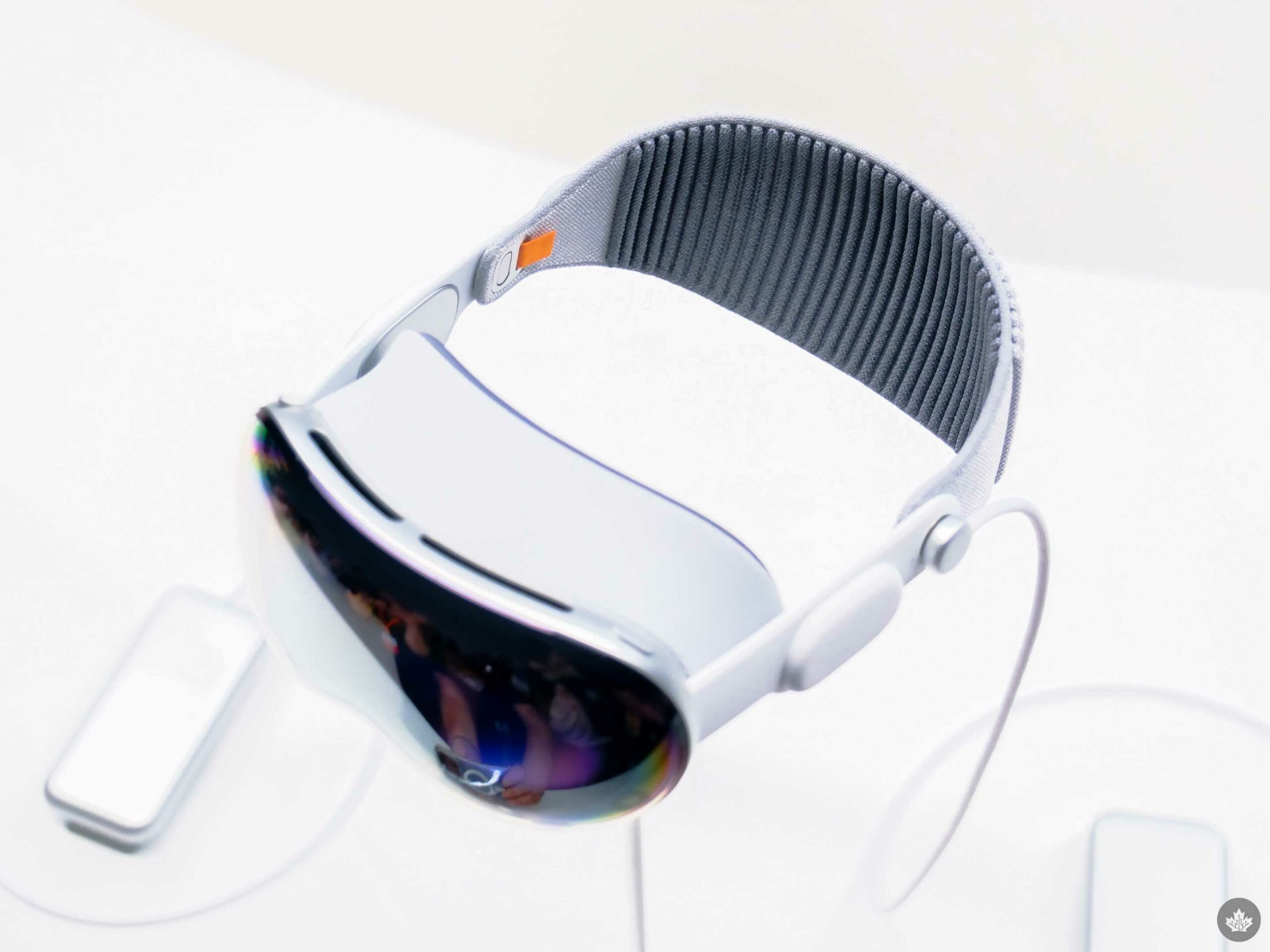
I found switching between the virtual world and my surroundings by turning the ‘Digital Crown’ to be an intuitive experience. For example, during one demo, I looked out at an expansive 180-degree image of a lake within the Photos app, and with a quick spin of the dial, the actual room around me gradually appeared again.
But if I wanted to dive back into VR, another spin in the other direction made the world around me disappear. Other VR headsets offer similar features that aim to connect you to the world around you, but Apple’s implementation is the best I’ve used. I can see this feature being useful if someone happens to walk into the room while you’re using the Vision Pro and you want to interact with them. Just spin the Digital Crown, and you can see them as you would normally, thanks to low-latency front-facing pass-through cameras.
“Even with the heavy design, my face remained cool the entire time thanks to the Vision Pro’s built-in fans”
Then there’s the Vision Pro’s innovative control scheme. The device tracks your eye movement with unbelievable pinpoint precision, instantly highlighting anything you’re looking at, right down to the small ‘x’ user interface (UI) icons required to close windows. To activate what you’re looking at, all you need to do is pinch your fingers. The first time I attempted this gesture, I assumed I needed to pinch near the virtual display floating in front of me, but that’s not how this interaction works. You can pinch from nearly anywhere in front or below the headset, and the Vision Pro still detects your action thanks to its several front-facing cameras. Beyond pinching, you can also drag windows around by looking and then grabbing.
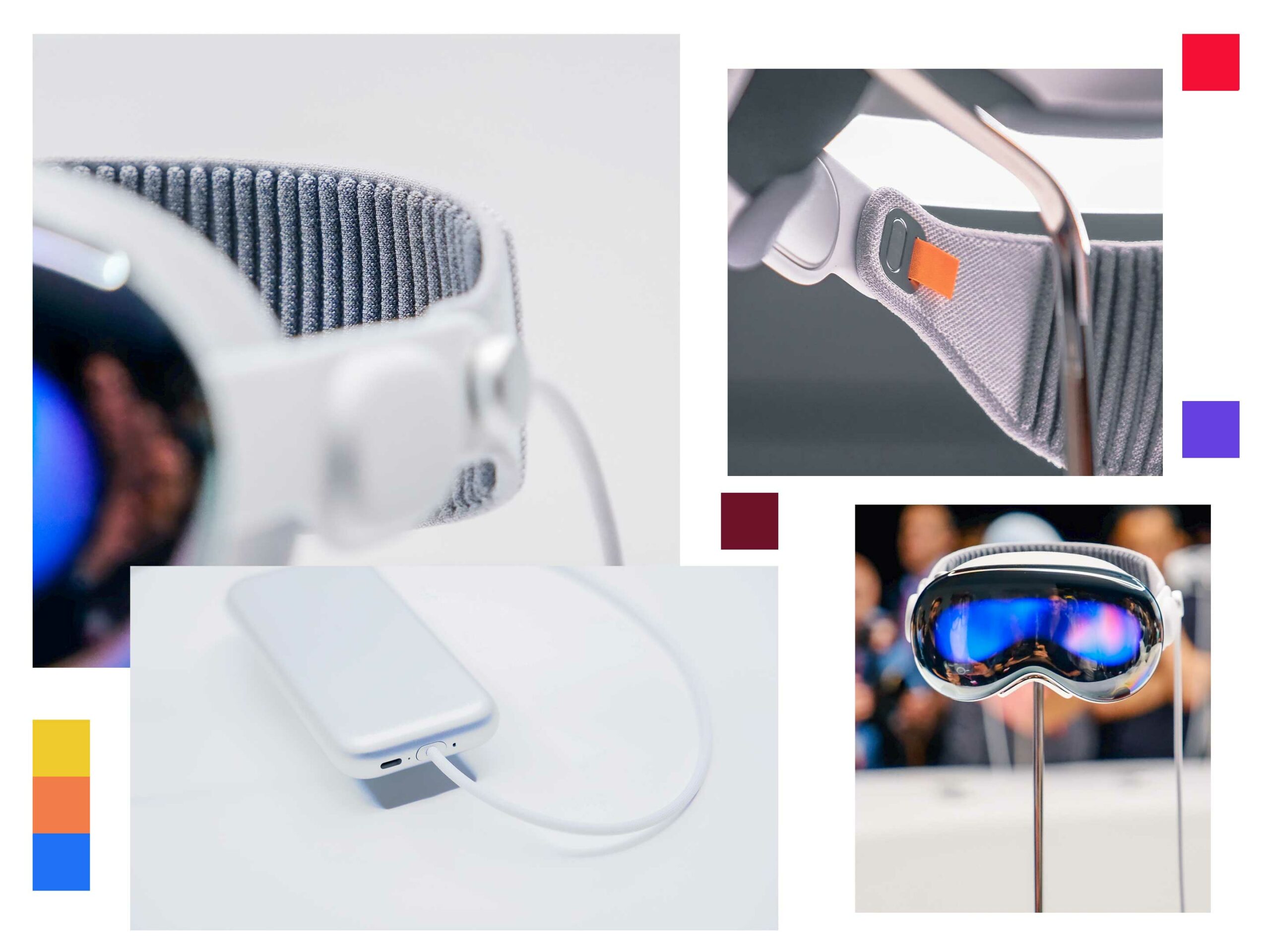
It took me a few attempts to navigate visionOS with just my eyes and the pinching gesture, partly because most other VR headsets require some form of a gamepad or you to move your head to control a pointer. But it felt incredibly intuitive once I got the hang of the gesture.
While this form of interaction is a true game-changer in the VR/AR space and is reminiscent of Apple revolutionizing the smartphone industry with the iPhone’s touchscreen gestures, the tactile, grounded feeling I get from using the Meta Quest 2’s motion controllers is lost. It’s also unclear if you can use your hands to pick up virtual objects like you would with physical VR controllers. Thankfully, Apple says the Vision Pro is compatible with the PlayStation 5’s DualSense and the Xbox Series X/S’ Bluetooth gamepads, though I didn’t get to try this out during my time with the headset.
Comfort is key
I’m impressed with how comfortable the Vision Pro is. It sits on your face snugly while managing not to be too tight. But unfortunately, by the end of my 30-minute demo, the headset started to feel heavy and front-weighted, and I imagine this would get worse the longer you wear it. Despite having an external battery pack, the Vision Pro’s metal design is still very weighty.
During my hands-on time with the Vision Pro, I wore an optional top head strap that wasn’t shown off during WWDC 2023’s keynote. This prevented the VR headset from sliding down at the front or back and ensured it remained correctly positioned on my face. There is also a PlayStation VR-like knob on the side of the headset that you can turn to change how tight the back strap is.
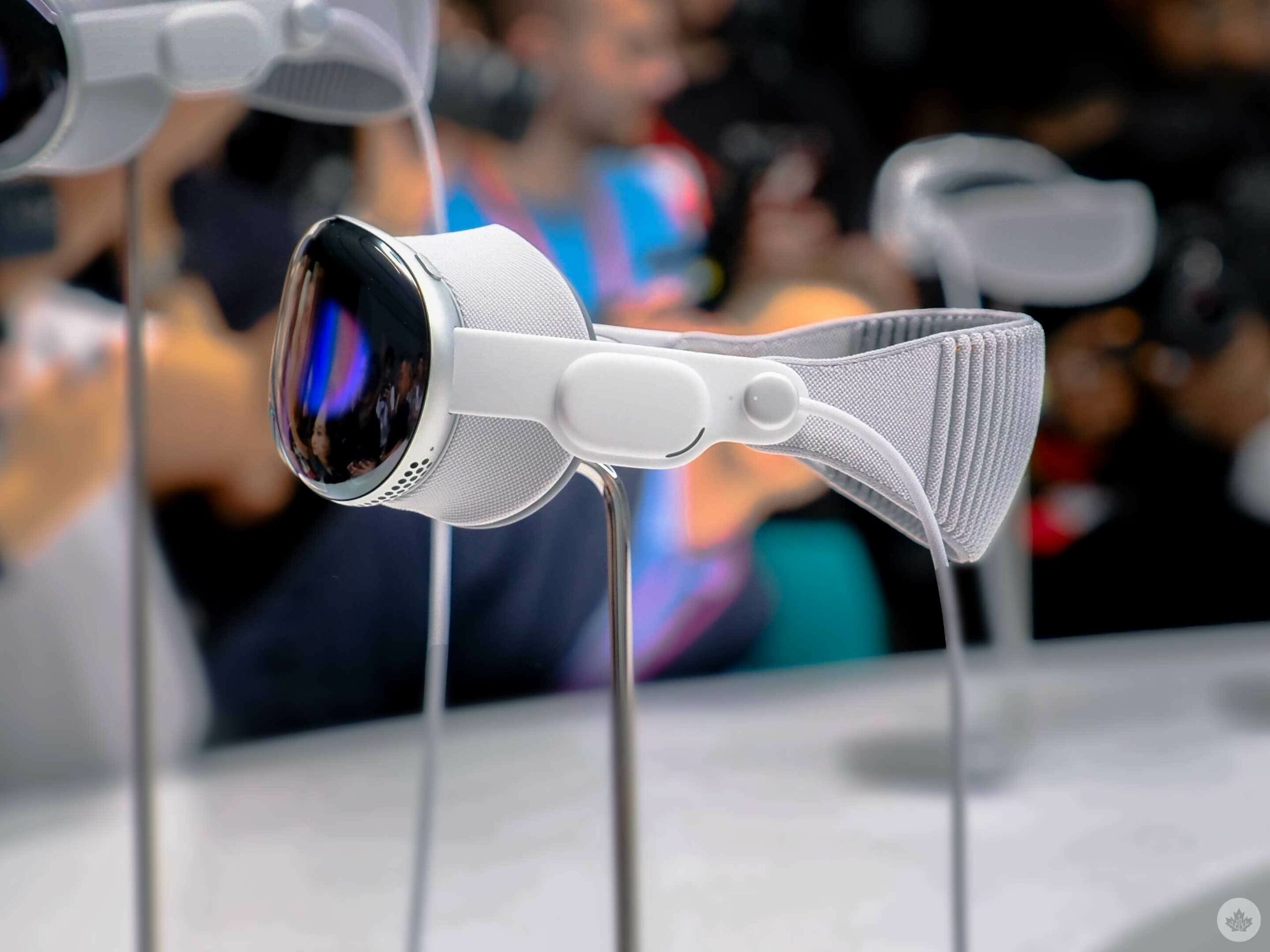 Even with the heavy design, my face remained cool the entire time thanks to the Vision Pro’s built-in fans, and this isn’t something I’ve been able to say about other VR headsets. However, that could change if you wear it for more extended periods.
Even with the heavy design, my face remained cool the entire time thanks to the Vision Pro’s built-in fans, and this isn’t something I’ve been able to say about other VR headsets. However, that could change if you wear it for more extended periods.
There’s also a prescription option with magnetic lenses that pop into the headset if you wear glasses, but I didn’t get to test this feature out because I wore my contacts to the demo. Other media in the demo area that went through this process told me they felt the lenses work well and the viewing experience is excellent. It’s unclear how much additional cost prescription lenses add to the already pricey Vision Pro. Still, as someone who has never found wearing glasses with a VR headset comfortable, I’m glad Apple offers a prescription lens option.
A cyberpunk future
The Vision Pro’s unique look is undeniably controversial. The overall appearance could best be described as resembling ski goggles thanks to the headset’s curved front display designed to show those around you your eyes while you’re wearing it. During this demo, that feature wasn’t active, though. While we saw it in action during the keynote, it’s likely not quite ready to show off.
There’s also a removable liner surrounding the headset’s display, a fabric-covered body that reminds me of Google’s dead Daydream VR, and a ruffled, stretchy back strap with orange accents. The front of the Vision Pro is constructed of metal and feels similar to Apple’s AirPods Max over-ear headphones.
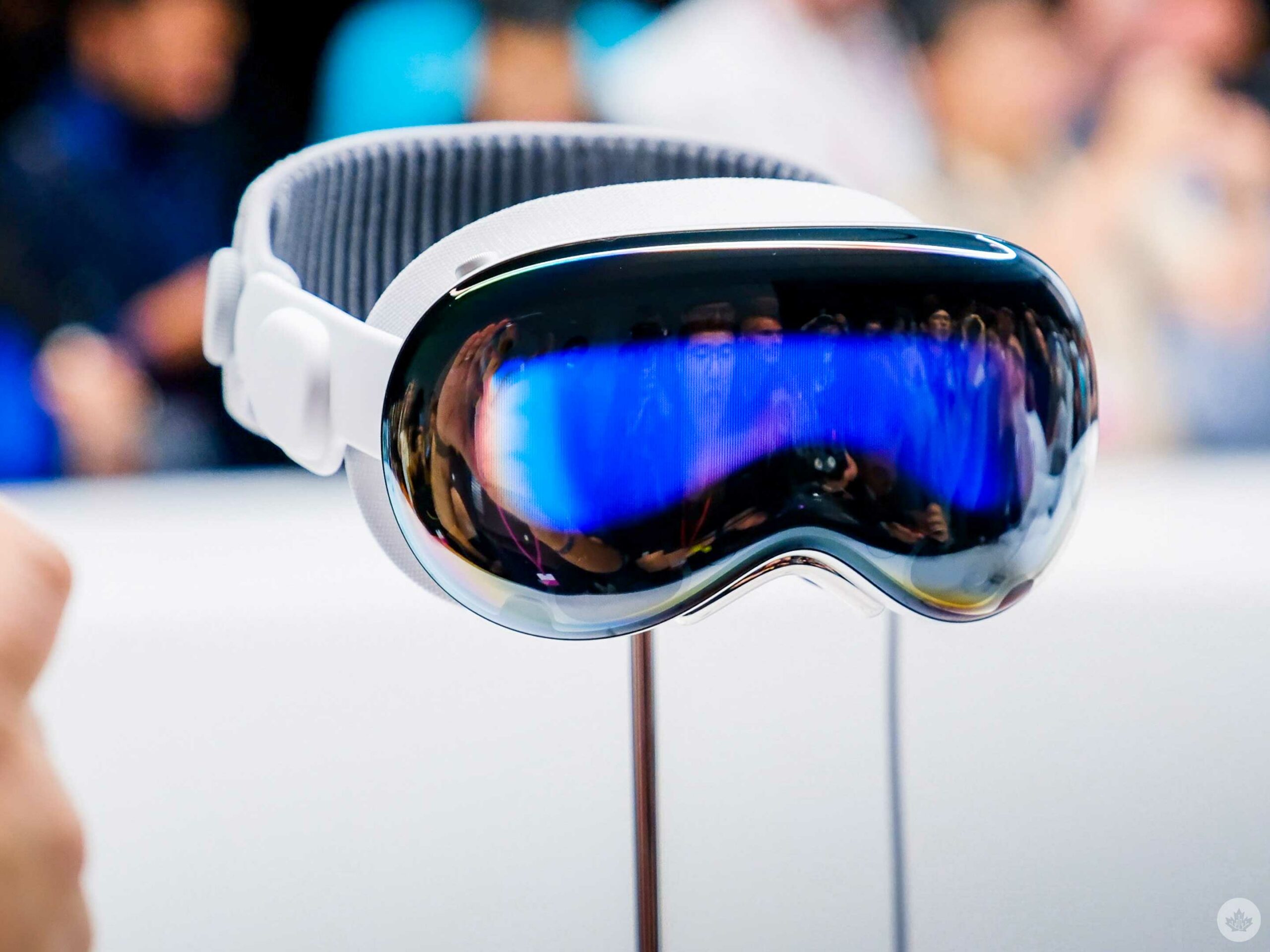
On the right and left sides of the head strap are built-in speakers that offer spatial audio. Apple says that people around you might hear the audio depending on the volume level. The device is also compatible with all AirPods. Built-in headphones are an excellent move on Apple’s part since hooking wired or Bluetooth headphones to the Meta Quest 2 feels unnecessary. The addition of Spatial Audio is also a nice touch that adds an extra immersion factor.
On the left behind the head strap is the magnetic power adapter. Unlike MagSafe, this plug needs to be twisted slightly to lock it in place. The power pack itself feels like a lightweight, portable battery pack and quickly slid into my pocket during one experience that required me to stand up and move around the room. And finally, the head strap I mentioned earlier runs across the top of the device.
“It’s a 1st-generation product designed for wealthy early adopters interested in helping mould future versions of the headset, similar to the early days of the Oculus Rift.”
The Vision Pro has been the butt of countless jokes over the last few days, but in person, it looks futuristic and feels like a premium, high-quality device. Most importantly, its design is unlike any VR headset out there. Still, you’re wearing a VR headset, an inherently silly device, and even Apple can’t find a way to make the Vision Pro look truly cool and something you’d be comfortable wearing in public, despite its best efforts.
The apps
This is where the Vision Pro’s experience starts to fall apart.
While its user interface is clean with subtle Apple touches like AR shadows under floating windows, the headset’s app selection isn’t impressive. Just like rumours hinted, it mainly replicates the iPad’s/iPhone’s apps.
I looked at images and videos in the Photos app, like landscapes and 3D recordings, including several people sitting around a campfire and a child’s birthday. While impressive, I’ve experienced content like this with other VR headsets. Though, I can see how recording a 3D video of your child’s birthday and then watching it in the Vision Pro could have an emotional impact on some people.
Apple also showed its collaboration app Freeform, though I couldn’t try it myself, and I briefly tested Messages and Safari (I also saw Mail and Notes on the home screen). The two most interesting experiences included a 3D clip of Avatar: The Way of Water, which convinced me it might be enjoyable to watch an entire movie with the Vision Pro (a first for me when it comes to VR) and a demo that featured several dinosaurs.
During this experience, Apple told me to stand up and walk toward the wall on one side of the room. Next, a dinosaur appeared and stuck its head through a virtual display on the wall. At one point, I held out my hand, and a butterfly landed on my finger. As I twisted my finger slightly, the butterfly stayed firmly planted and reacted to my movements (others I spoke to said the butterfly clipped through their finger when they moved, but that didn’t happen to me). The level of fidelity the Vision Pro offers duped my brain into thinking I could feel the butterfly’s tiny legs moving around on my outstretched finger. This is the first time I’ve encountered sensory trickery in virtual reality, and it was a genuinely exciting experience. That said, I still missed the haptic feedback more traditional VR controllers offer.
While I could get up and walk around during this experience, it still didn’t offer room scale. The 3D dinosaurs popped from only one side of the room’s walls. In general, I found it strange that none of the demos featured room-scale interaction or even allowed me to pick up objects and move them around, especially since it’s likely the Vision Pro and its several outward-facing can likely create experiences like this.
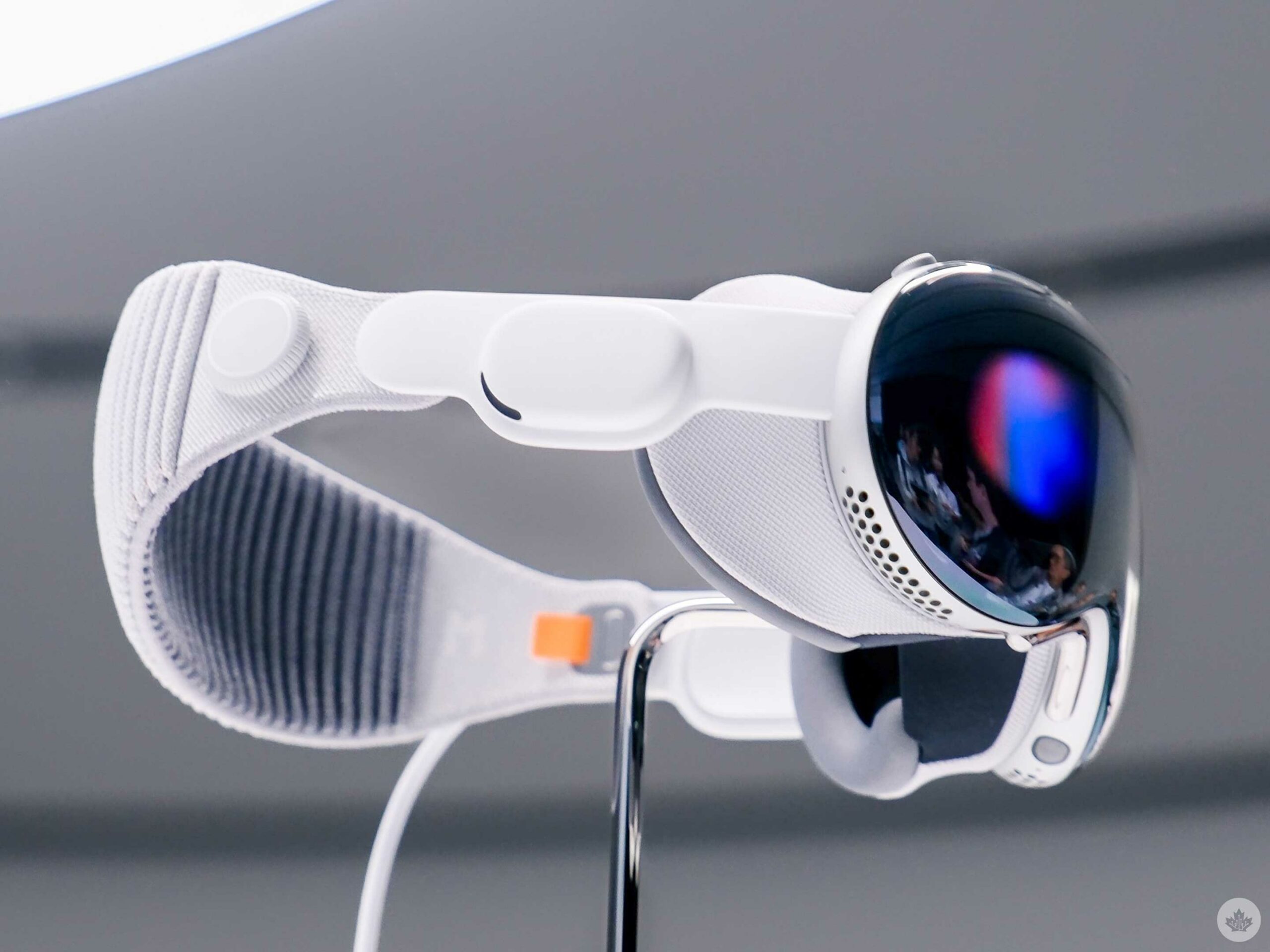
I wouldn’t describe anything I tested out during my brief time with the headset as a game. While it’s expected the Vision Pro will be more focused on productivity than gaming, it’s strange that Apple’s first collection of demos didn’t include a more traditional gaming experience or even a port of a popular VR game. We know over 100 titles from Apple Arcade are coming to the Vision Pro, but it’s unclear if they’ll be adapted to include AR/VR features.
The other notable experience involved Apple’s ‘Persona’ feature that creates an accurate but somewhat off-feeling virtual depiction of yourself. During the demo, an Apple employee called me via FaceTime. I answered the call, and their uncanny valley Persona instantly appeared on a virtual AR display floating in front of me. I could then grab the screen and slide it to precisely where I wanted it to be. I would have preferred FaceTime calls just pulled in the actual video of the caller’s face, but I understand that’s probably not possible with the headset’s current design. Unfortunately, Apple didn’t allow me to create my own Persona during this demo. It’s worth noting that the eyes displayed on the Vision Pro’s front display during the device’s reveal keynote are pulled directly from your Persona.
Third-party developers to the rescue
Apple hasn’t convinced me why the average consumer should buy its very expensive $3,499 (roughly $4,700 CAD) virtual reality headset. The Vision Pro’s hardware is the best out there by a significant margin, but devices live or die on their apps. This is why Apple’s iPhone took off, and it will likely play a role in whether the Vision Pro and Apple’s AR/VR “spatial computer” ambitions evolve into a success.
Apple revealed the Vision Pro at WWDC so far ahead of its early 2024 U.S. release date because it needs third-party app developers to start creating software for the device. Will that killer app the headset desperately needs appear in the next few months, a year, or ever? I don’t know, but as it stands, the Vision Pro doesn’t yet make a compelling argument for why VR/AR should be the future of computing.
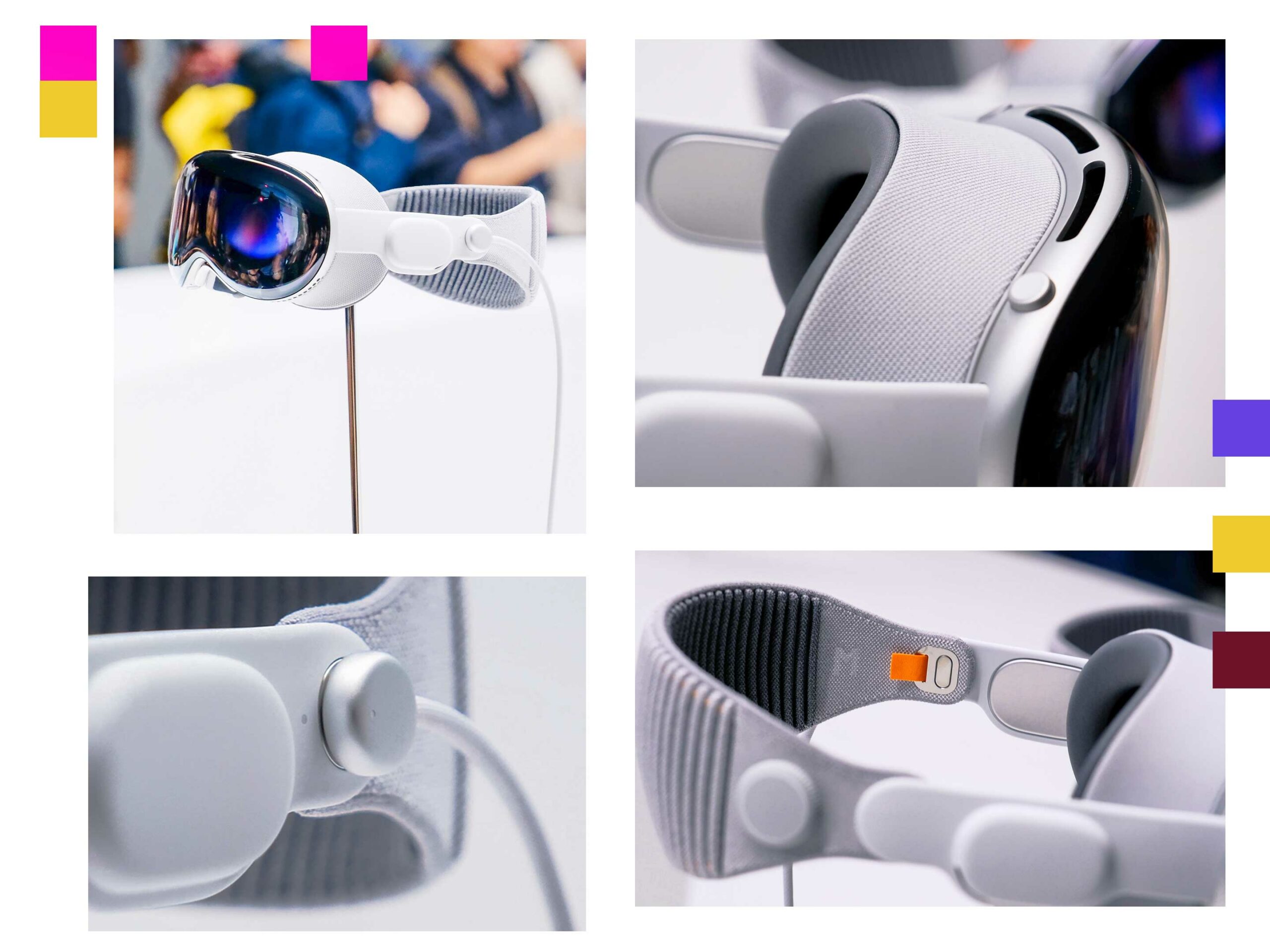
Several questions also remain about the Vision Pro. How will connecting a Mac to the headset actually work? Will the experience be as lag-free as Apple claims? Will anyone actually want to wear a mixed-reality headset while using a mouse and keyboard? While two hours of battery life isn’t great, it’s not awful either, but if you’re running a more resource-intensive feature that pushes the headset’s R1/M2 chip to the limit, does it deplete the battery more quickly?
I also don’t think that Apple necessarily wants regular consumers to purchase the Vision Pro. It’s a 1st-generation product designed for wealthy early adopters interested in helping mould future versions of the headset, similar to the early days of the Oculus Rift.
But if any company can push VR/AR to the forefront and find a reason for average consumers to want to dive into the virtual world, it’s Apple. It has unlimited cash to inject into this project and, in some ways, nearly unlimited time to make it happen.
This is the real start of a very long road for the tech giant it likely hopes will end with a pair of sleek-looking AR glasses.
Apple’s Vision Pro is set to release in the United States in early 2024 for $3,499 (roughly $4,700 CAD). It’s unclear if or when the headset will arrive in Canada.
Photography by Bradley Bennett.


